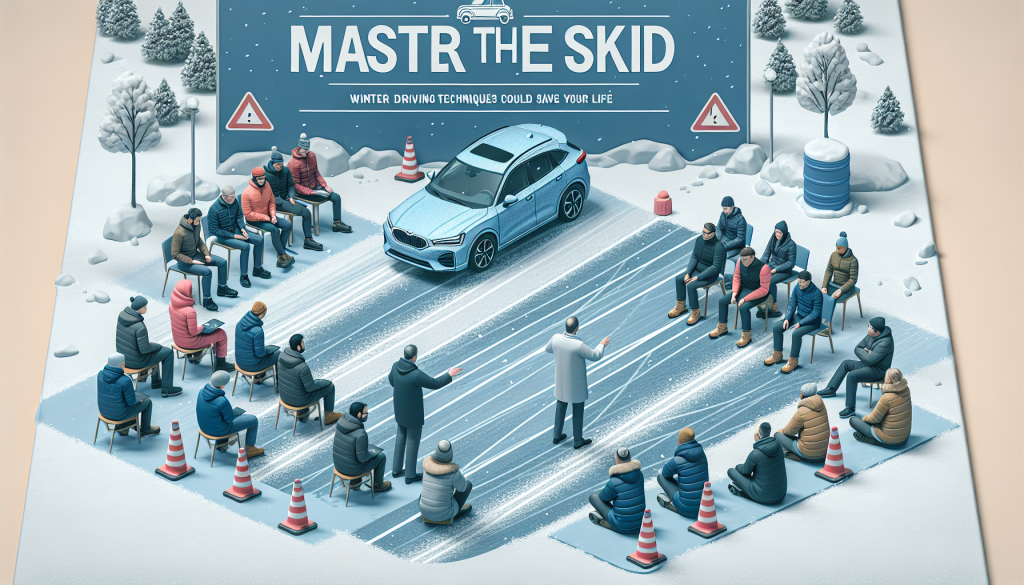
Master the Skid: Winter Driving Techniques That Could Save Your Life
Understanding the Skid
One of the most common causes of winter accidents is skidding. When a vehicle loses traction on a slippery surface, it can begin to slide, ultimately resulting in a skid. Winter driving conditions, such as snow and ice, can make it easier for skids to occur. So, what should you do if you find yourself in a skid? The key is to remain calm and follow these essential winter driving techniques.
Steering into the Skid
When a skid occurs, your natural reaction may be to slam on the brakes. However, this can actually make the situation worse. Instead, you should steer into the skid. This means turning your wheels in the direction that your car is sliding. This may feel counterintuitive, but it will help you regain control of your vehicle. As you steer into the skid, you should also ease off the gas pedal to decrease your speed.
Utilizing Anti-Lock Brakes (ABS)
If your car is equipped with Anti-Lock Brakes (ABS), you can simply apply firm and continuous pressure to the brakes while steering into the skid. ABS will help you maintain control of your vehicle and prevent the brakes from locking up. However, it’s essential to remember that ABS does not decrease your stopping distance – it just helps you steer while stopping.
The Importance of Traction Control
Traction control is another feature that can assist with winter driving. It works by reducing the power to the slipping wheels, which helps prevent skids from occurring in the first place. If your car has this feature, it’s important to keep it turned on during winter months, as it can greatly improve your control on snowy and icy roads.
Winter Driving Maintenance
Aside from knowing how to handle skids, it’s also vital to make sure your vehicle is prepared for winter driving conditions. This includes checking your tire pressure, ensuring your tires have enough tread, and using winter tires if necessary. You should also regularly check your lights, brakes, and defroster to ensure they are in good working condition. Keeping your vehicle well-maintained can greatly reduce your chances of skidding and getting into a winter accident.
Practice Makes Perfect
While these techniques can help you master the skid, the best way to prepare for winter driving is to practice. Find an empty and snowy parking lot, and spend some time getting a feel for how your vehicle handles in these conditions. This will not only give you the confidence you need to handle a skid, but it will also make you a more competent winter driver overall.
Conclusion
Mastering the skid is a crucial skill for winter driving. Remember to stay calm, steer into the skid, and take advantage of any advanced features your vehicle may have. Regular maintenance and practice can also greatly improve your abilities behind the wheel. By utilizing these winter driving techniques, you can help keep yourself and others safe on the road.
